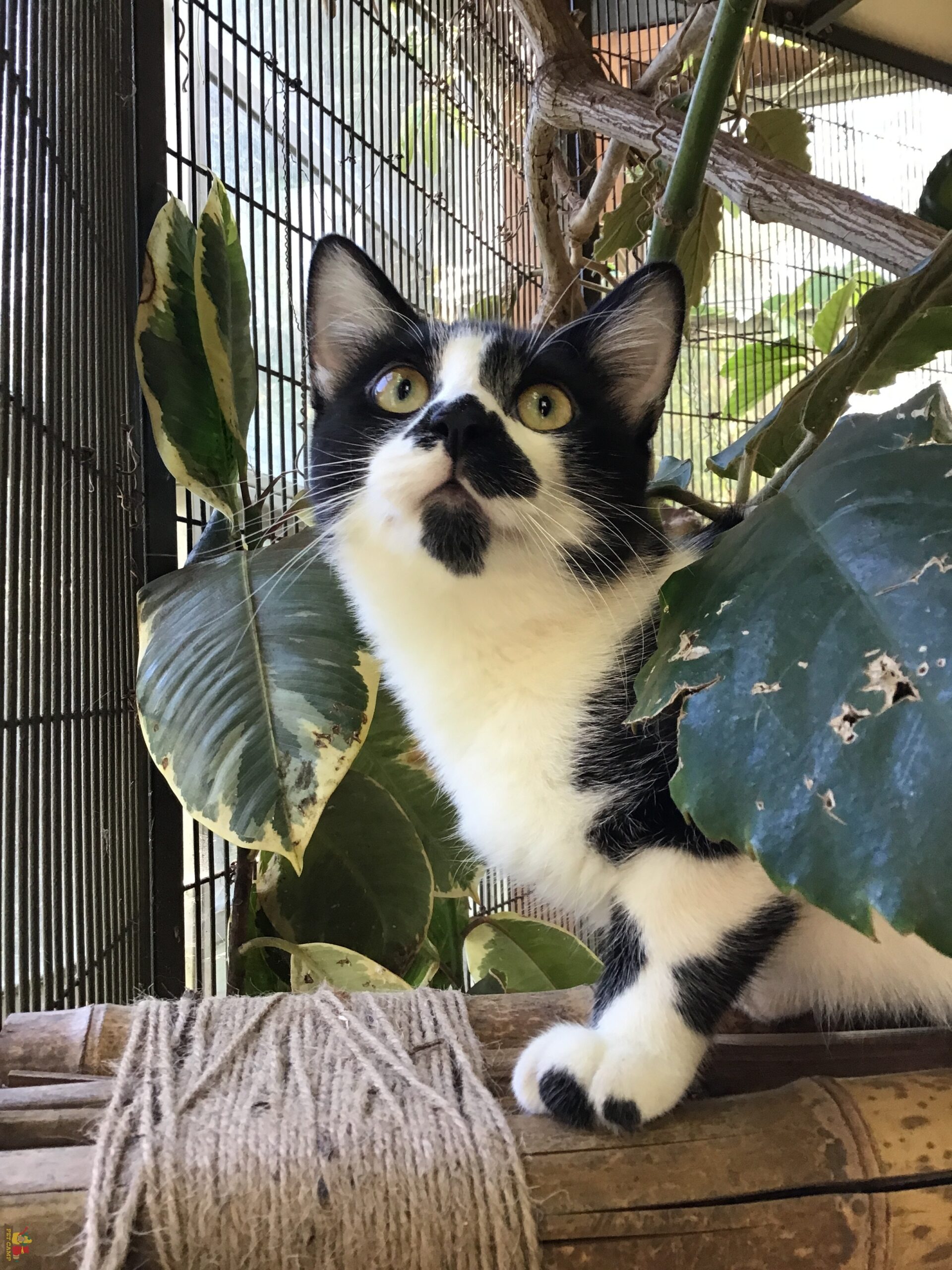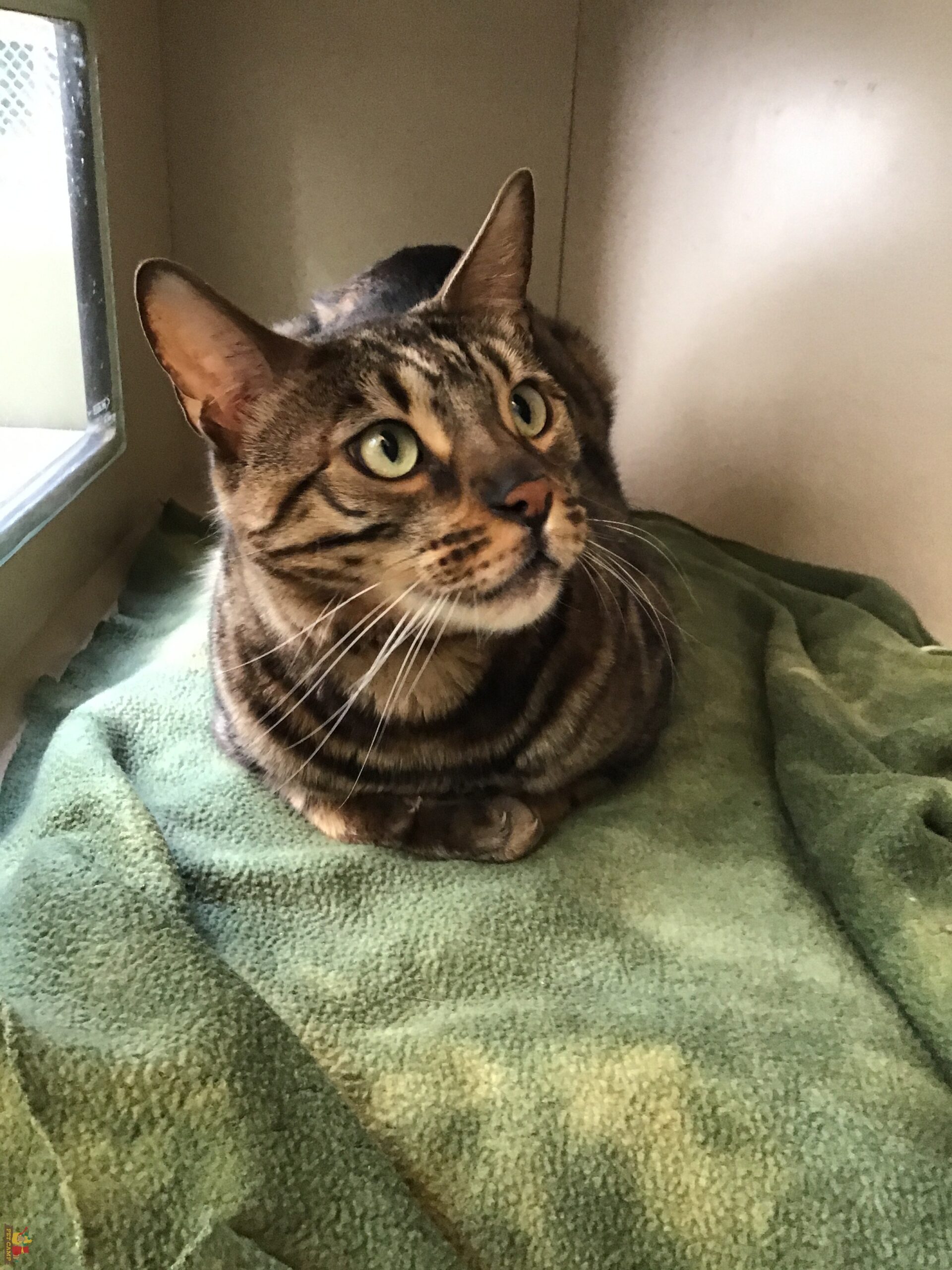There are lots of discussions out there about crate training for dogs – but crate training your cat is also important. Why should you crate train your cat? The folks at Cornell CatWatch give us 6 reasons.
 6 reasons why crate training your cat is important.
6 reasons why crate training your cat is important.
-
-
- Keep your cat safe and contained when doors are open.
- Easier and safer trips to the veterinarian (and Cat Safari).
- Determe which cat in a multi-cat household has an upset stomach (manifested in vomit or diarrhea).
- Prevent destructive behavior (one of the same reasons one crate trains a dog).
- Create a safe and private litter box area.
- Safe and less stressful travel for you and your cat.
-
How to select a crate for your cat.
Just like with dogs, there are things to think about when selecting a crate for your cat. If you are getting a crate for home use (or maybe where your cat will spend the night if you stop at a hotel), or as a safe place for your cat’s litter box or eating, a larger crate is essential and a medium sized dog crate might be in order. These crates are often 24” by 36” inches and have a single door. Contrariwise, if you need a crate for transportation, you want a traditionally sized cat crate that is big enough for your cat to lie down and turn around in but not too big for you to move easily or that takes up too much room in your car. Since your cat will be out and about in this crate, security of the crate is something to consider as well.
 How to train your cat for crate usage?
How to train your cat for crate usage?
Just like dogs, you want to get your cat used to a crate slowly and positively AND before you need to actually use the crate for something important. Think about leaving the carrier open, somewhere convenient where you live so the crate begins to smell like home and your cat can casually explore the crate. Like with dogs, put a favorite toy or treat in the crate and if big enough, you can feed your cat in the crate as well. The goal is to make the crate a positive place for your cat.
Since most cat parents use a crate most often for transportation, you can practice that as well. Once your cat is comfortable getting into the crate, introduce your cat to your car (again, when not in a rush) by first just placing the crate in the car for a few minutes, then starting the car for a few minutes, and then simply driving around the block. This gradual introduction to traveling should reduce stress and increase comfort for both you and your cat. Once you’ve got your cat comfortable in a crate and in your car, you’re on your way!
Thanks for reading.

 How to train your cat for crate usage?
How to train your cat for crate usage?